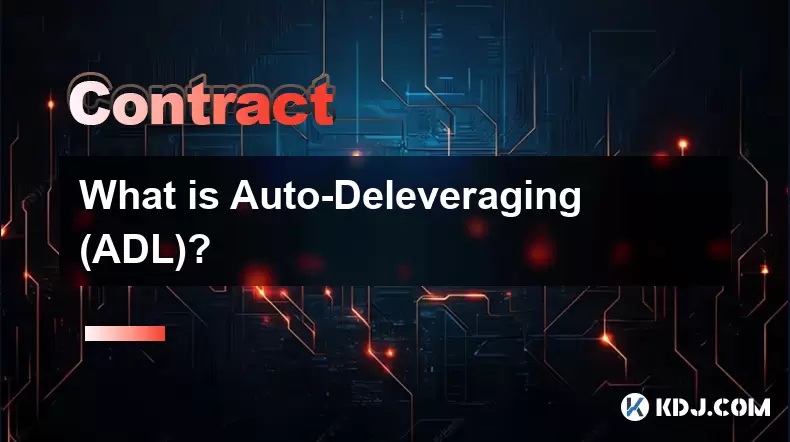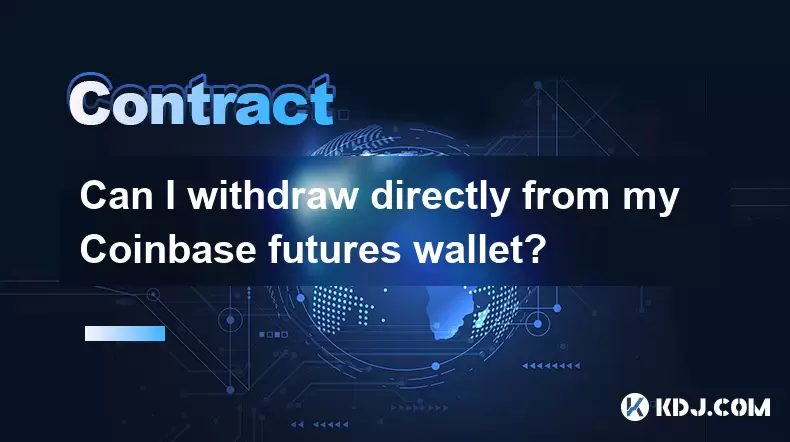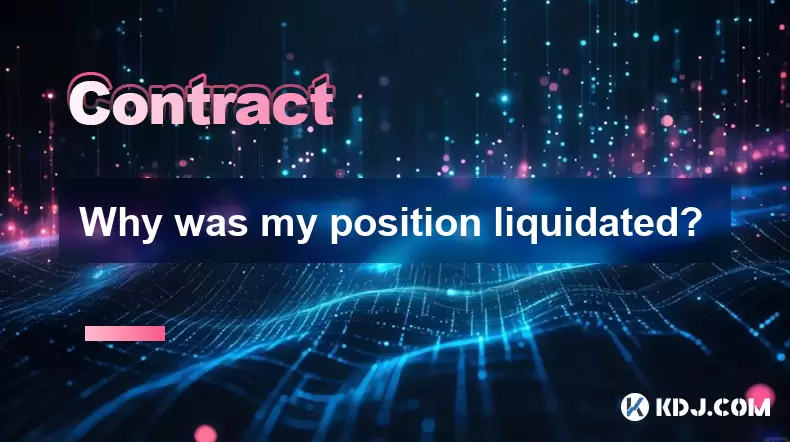-
 Bitcoin
Bitcoin $117400
-0.46% -
 Ethereum
Ethereum $3768
0.60% -
 XRP
XRP $3.551
2.09% -
 Tether USDt
Tether USDt $1.000
0.00% -
 Solana
Solana $203.2
11.30% -
 BNB
BNB $770.9
1.92% -
 USDC
USDC $0.9999
0.01% -
 Dogecoin
Dogecoin $0.2709
-0.02% -
 Cardano
Cardano $0.9024
4.49% -
 TRON
TRON $0.3139
0.60% -
 Hyperliquid
Hyperliquid $45.60
-1.41% -
 Stellar
Stellar $0.4730
-1.34% -
 Sui
Sui $4.025
2.15% -
 Chainlink
Chainlink $19.79
2.19% -
 Hedera
Hedera $0.2724
-2.39% -
 Avalanche
Avalanche $25.93
3.05% -
 Bitcoin Cash
Bitcoin Cash $524.0
-1.83% -
 Shiba Inu
Shiba Inu $0.00001558
0.50% -
 Litecoin
Litecoin $116.7
-0.30% -
 UNUS SED LEO
UNUS SED LEO $8.996
0.00% -
 Toncoin
Toncoin $3.334
1.83% -
 Polkadot
Polkadot $4.506
0.34% -
 Uniswap
Uniswap $10.99
4.83% -
 Ethena USDe
Ethena USDe $1.001
0.03% -
 Pepe
Pepe $0.00001461
3.17% -
 Monero
Monero $320.3
-1.01% -
 Bitget Token
Bitget Token $4.935
0.36% -
 Dai
Dai $0.9998
0.00% -
 Aave
Aave $322.4
-1.25% -
 Bittensor
Bittensor $455.6
9.33%
What is Auto-Deleveraging (ADL)?
Auto-Deleveraging (ADL) in crypto trading reduces high-leverage positions to prevent insolvency, preserving market stability by closing portions of risky trades instead of fully liquidating them.
Jul 20, 2025 at 12:50 am

Understanding Auto-Deleveraging (ADL) in Cryptocurrency Trading
In the realm of cryptocurrency derivatives trading, especially on futures and leveraged trading platforms, Auto-Deleveraging (ADL) is a critical mechanism that ensures the stability of the market and the solvency of traders. ADL is primarily used by exchanges to forcibly reduce the leverage of highly leveraged positions when a trader's equity is insufficient to cover potential losses. This mechanism helps prevent the exchange from facing insolvency due to excessive losses from a single position.
Unlike liquidation, where a trader's entire position is closed out when the margin falls below the maintenance level, ADL reduces the leverage of a position incrementally, allowing the trader to retain some exposure while mitigating risk. This process is typically applied to traders who are in profit but have high leverage, as their forced liquidation could negatively impact the system's overall health.
How Auto-Deleveraging Works
When a trader opens a leveraged position, especially on a futures contract, they are essentially borrowing funds from the exchange or other traders to amplify their exposure. If the market moves against them and their margin level drops below the required threshold, the exchange may initiate ADL to reduce the leverage ratio.
- The system identifies traders with the highest leverage and profitability.
- It then automatically reduces their leverage by closing a portion of their position.
- This process continues until the trader’s leverage falls within the acceptable range.
- The reduction is proportional and aims to preserve the trader's overall profitability while reducing risk.
This mechanism is especially relevant in isolated margin trading, where each position has its own dedicated margin. In cross-margin systems, ADL may still apply, but the margin is shared across all positions, making the process slightly different.
Triggers for Auto-Deleveraging Events
ADL is not triggered arbitrarily. It usually comes into play under specific conditions that threaten the solvency of the platform or the fairness of the market. Some common triggers include:
- Highly leveraged positions that are at risk of liquidation.
- Extreme market volatility that causes rapid price movements.
- Imbalance in the insurance fund, which is used to cover losses from liquidations.
- Excessive open interest concentrated in a few large positions.
These triggers are monitored in real-time by the exchange’s risk management system. When thresholds are breached, ADL is activated to protect the integrity of the trading ecosystem.
Impact of ADL on Traders
For traders, especially those using high leverage, understanding ADL is crucial. When a position is auto-deleveraged, it can lead to several outcomes:
- A reduction in position size, which limits potential gains but also reduces exposure.
- A change in the leverage ratio, which may affect the strategy if the trader relies on a specific leverage level.
- A potential exit from the trade if ADL is repeated multiple times.
- Loss of control over the timing and size of the position adjustment.
Traders should monitor their leverage ratio, margin level, and profit/loss closely to avoid unexpected ADL events. Some platforms provide notifications or warnings before ADL is initiated, giving traders a chance to adjust their positions manually.
How to Avoid Auto-Deleveraging
Avoiding ADL requires proactive risk management and a deep understanding of how leverage works on a given platform. Here are some strategies traders can use:
- Reduce leverage voluntarily to stay well below the maximum allowed limit.
- Increase margin allocation for the position to improve the buffer against adverse price movements.
- Monitor open positions regularly, especially during volatile market conditions.
- Use stop-loss orders to manage downside risk more effectively.
- Avoid overexposure to a single asset or market.
By maintaining a conservative leverage profile and staying informed about margin requirements, traders can significantly reduce the likelihood of being subjected to ADL.
Auto-Deleveraging vs. Liquidation: Key Differences
While both ADL and liquidation are risk management tools used by exchanges, they operate differently:
- ADL reduces leverage gradually by closing a portion of the position, whereas liquidation closes the entire position.
- ADL typically targets profitable but high-leverage positions, while liquidation targets unprofitable ones.
- ADL preserves part of the trader’s position, while liquidation removes it entirely.
- ADL is a preventative measure, whereas liquidation is a reactive one.
Understanding these distinctions can help traders better manage their risk and avoid unexpected losses.
Frequently Asked Questions (FAQs)
Q: Can Auto-Deleveraging happen multiple times on the same position?
Yes, Auto-Deleveraging can occur multiple times if the trader continues to maintain a high-leverage position that remains at risk. Each time the system detects a potential threat to solvency, it may reduce the leverage further until the position is within acceptable limits.
Q: Does ADL apply to spot trading accounts?
No, Auto-Deleveraging does not apply to spot trading accounts because leverage is not involved in spot transactions. ADL is exclusive to futures and leveraged trading environments.
Q: Is there a way to know in advance when ADL will be triggered?
Most exchanges provide margin indicators and leverage thresholds in real-time. Some platforms also offer alerts or notifications when a trader's leverage approaches the ADL threshold, allowing them to adjust their position before the system intervenes.
Q: Can ADL be disabled or opted out of?
No, Auto-Deleveraging is a mandatory risk management feature implemented by exchanges. Traders cannot disable it. However, they can avoid triggering it by managing their leverage and margin appropriately.
Disclaimer:info@kdj.com
The information provided is not trading advice. kdj.com does not assume any responsibility for any investments made based on the information provided in this article. Cryptocurrencies are highly volatile and it is highly recommended that you invest with caution after thorough research!
If you believe that the content used on this website infringes your copyright, please contact us immediately (info@kdj.com) and we will delete it promptly.
- MoonBull's Whitelist Mania: Your Last Shot at 100x Crypto Gains?
- 2025-07-22 10:30:12
- Meme Coins in 2025: Explosive Gains or Fading Fad?
- 2025-07-22 10:30:12
- Kim Keon-hee Crypto Probe: Scandal Rocks South Korea's Political Scene
- 2025-07-22 10:50:12
- ETH Holders in Profit: Value Surge Fuels Bullish Sentiment
- 2025-07-22 09:30:13
- NEAR Protocol's AI Leap: Double-Digit Gains and Future Potential
- 2025-07-22 09:30:13
- Cryptos, Meme Coins, Buy Now: Riding the Wave of Hype
- 2025-07-22 08:30:13
Related knowledge

Can I withdraw directly from my Coinbase futures wallet?
Jul 22,2025 at 02:14pm
Understanding Coinbase Futures WalletsCoinbase does not currently offer a dedicated futures wallet within its standard Coinbase app or platform. Futur...

Why was my position liquidated?
Jul 22,2025 at 12:07pm
Understanding Liquidation in Crypto TradingLiquidation in cryptocurrency trading occurs when your position is automatically closed by the exchange due...

Is Binance Futures available in the US?
Jul 22,2025 at 11:42am
Understanding Binance Futures and Its Global ReachBinance Futures is a derivatives trading platform offered by Binance, one of the world’s largest cry...

What is a maker vs a taker fee?
Jul 19,2025 at 01:14am
Understanding the Basics of Cryptocurrency Exchange FeesIn the world of cryptocurrency trading, maker vs taker fees are a fundamental concept that eve...

How to secure your crypto futures trading account?
Jul 21,2025 at 11:42pm
Understanding the Risks in Crypto Futures TradingCrypto futures trading involves significant risks due to market volatility and leverage. Your trading...

Is Bitcoin futures trading a scam?
Jul 22,2025 at 01:42am
Understanding Bitcoin Futures TradingBitcoin futures trading refers to the process of buying and selling contracts that derive their value from the fu...

Can I withdraw directly from my Coinbase futures wallet?
Jul 22,2025 at 02:14pm
Understanding Coinbase Futures WalletsCoinbase does not currently offer a dedicated futures wallet within its standard Coinbase app or platform. Futur...

Why was my position liquidated?
Jul 22,2025 at 12:07pm
Understanding Liquidation in Crypto TradingLiquidation in cryptocurrency trading occurs when your position is automatically closed by the exchange due...

Is Binance Futures available in the US?
Jul 22,2025 at 11:42am
Understanding Binance Futures and Its Global ReachBinance Futures is a derivatives trading platform offered by Binance, one of the world’s largest cry...

What is a maker vs a taker fee?
Jul 19,2025 at 01:14am
Understanding the Basics of Cryptocurrency Exchange FeesIn the world of cryptocurrency trading, maker vs taker fees are a fundamental concept that eve...

How to secure your crypto futures trading account?
Jul 21,2025 at 11:42pm
Understanding the Risks in Crypto Futures TradingCrypto futures trading involves significant risks due to market volatility and leverage. Your trading...

Is Bitcoin futures trading a scam?
Jul 22,2025 at 01:42am
Understanding Bitcoin Futures TradingBitcoin futures trading refers to the process of buying and selling contracts that derive their value from the fu...
See all articles

























































































